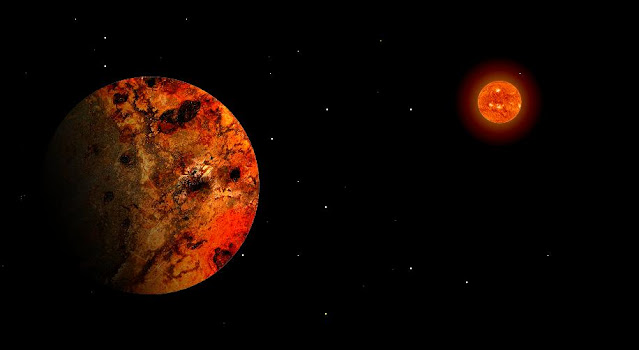The minimum distance between two astronomical objects where their gravity exceeds the tidal force applied to them is called Roche limit or Roche radius.
Does it exist around every astronomical body?
Does everything inside it fall apart?
It was first explained in 1848 by a French astronomer. If a large body keeps a small body revolving around itself at a certain distance (Roche limit), then that body will remain in the rotation.
If that body reaches the Roche limit, then the tidal force of the larger body Will tore that smaller body into pieces.
What is Roche Limit of Earth and Moon
Earth's Roche limit for the moon is 18470 km. Keep in mind that our moon is also a natural satellite of Earth. If the moon falls at this distance from the earth, it will break and scatter and probably form Saturn-like rings around the earth.
The rings of Saturn were also formed due to its moon which reached the Roche Limit and was destroyed by Saturn's tidal force.
All astronomical objects have a Roche limit. If the earth reaches a distance of about 1 million kilometers from the sun (which is the Roche Limit for Earth with respect to SUN), it will cross the Roche limit of the sun and break into pieces.
The Roche limit for different objects is different due to their masses. In other words, it depends upon the object's mass. The mass of artificial satellites around the earth is different so their Roche limit is also different.
A large planet like Jupiter will break into pieces, crossing the Roche limit at 1.7 million kilometers from the Sun.
The Roche limit of a body also depends on its radius and density ( density is basically mass over volume ).
The equation of the Roche Limit:
With the help of the following formula, the Roche limit of a celestial object can be determined mathematically.
d = 2.4x R (ρM / ρm) 1/3
where ρM is the density of the primary body, ρm is the density of the satellite, and R is the radius of the main body.
